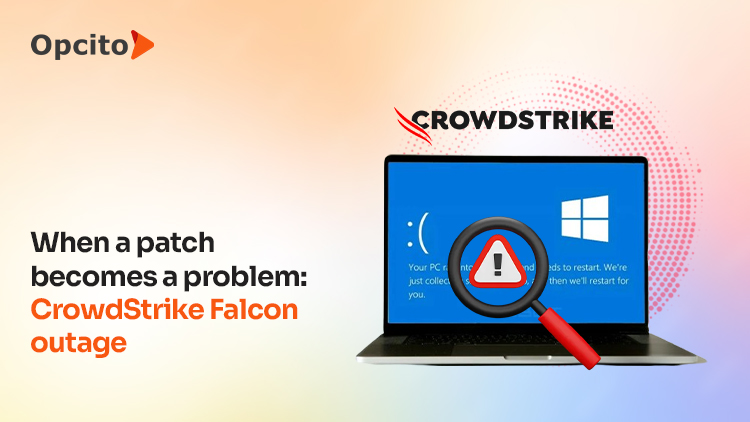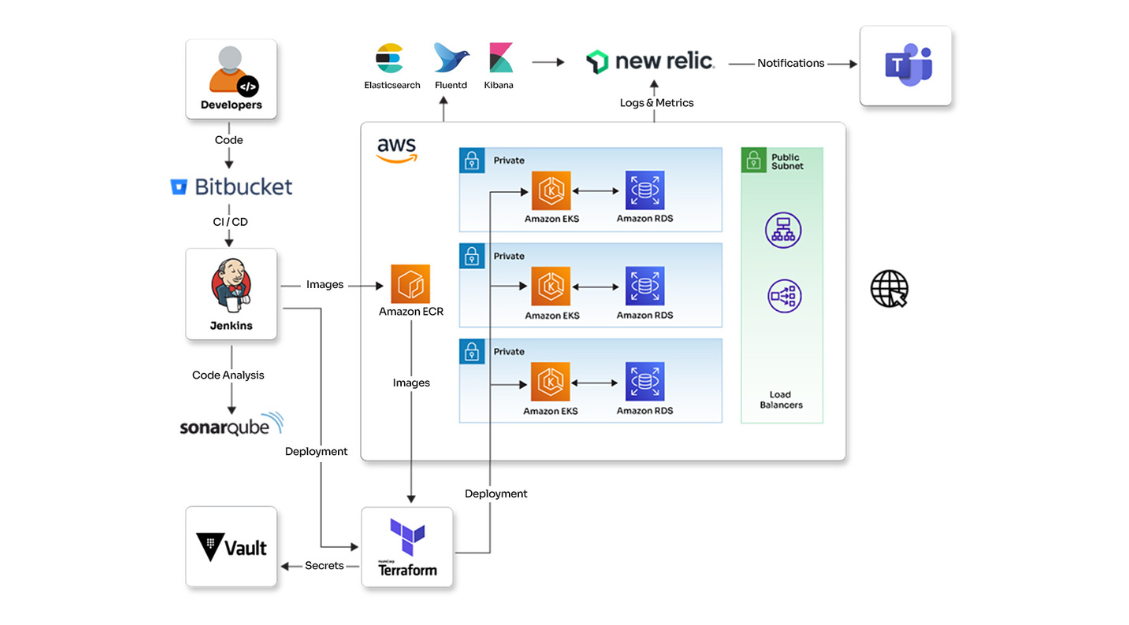7 major trends that will rule DevOps in 2020
7 major trends that will rule DevOps in 2020
Since the term DevOps came on the horizon in 2009, we have constantly seen progress and advancements in technology as well as the business side of it. IDC expects the DevOps market to touch $8 billion by 2022, whereas another report by Grand View Research expects the numbers to hit $12.85 billion by 20
Enriching UI with Styled Components in React
Enriching UI with Styled Components in React
CSS and styling
Imagine your website without CSS. Okay, let me simplify this for you. Imagine a skinless human body. Yeah, just the skeleton. Still not getting it? Okay, the image below will help you understand what I’m trying to say here-
Backup and restore Neo4j Graph Database using Ansible
Backup and restore Neo4j Graph Database using Ansible
Increasing data volumes are like double-edged swords. The good thing about that is - a lot of data means a lot of information and a lot of value that comes with it. However, it also means a lot of technology to store and analyze this information is on its way. Thankfully, the graph database, with its agility, performance, and flexibility, is here to help us through this.
Opcito successfully organized one-day Coderetreat Bootcamp on the Global Day of Coderetreat.
Global Day of Coderetreat is a day-long, intensive practice event focusing on the fundamentals of software development and design.

Everything you need to know about GitOps!
Everything you need to know about GitOps!
The term GitOps was coined by developers at Weaveworks when they posted a blog defining Git as “the source of truth”. Git is a part of almost every CI/CD assembly, and they decided to leverage the exact thing. They explained how one could use Git to simplify Kubernetes cluster management and application delivery. So, in simple words, GitOps means using Git as a single source of truth and a place to create, operate and destroy all your environmental needs for declarative infrastructure and applications.
Multi-level approvals, infrastructure provisioning and management with Red Hat CloudForms
Multi-level approvals, infrastructure provisioning and management with Red Hat CloudForms
With the evolution of the cloud, the need for a centralized system that could manage all the integrated tools and tech was on the up. Thanks to cloud management platforms, we have what we all were looking for. Cloud management platforms bolster the monitoring and controlling of associated resources with all the necessary information about the associated tools.
Microservices-based SaaS application for database management
See how Opcito developed a microservices-based SaaS application for database management
The product in discussion provides clustering and replication for databases to achieve High Availability (HA), Disaster Recovery (DR), and performance-enhancing scalability. This product could be deployed on-cloud and on-premises; however, such deployment was tedious and time-consuming due to factors including low automation and security-related challenges. The product has a vast user base. The geographically spread database locations and the number of customers increased the complexity of managing clusters and associated operations such as upgrading, debugging, patching, etc.
Technologies
SaaS, Microservices, Cloud, RBAC, Databases
Benefits
- Multi-level RBAC feature for admin and tenant users.
- Reduced deployment time.
- Freedom to deploy database clusters in different cloud environments.
- Easy monitoring of cluster health with a user-friendly logging mechanism that shows deployment, cluster, and microservices logs for the admin.
Subscribe to our feed
9 Antipatterns to save your DevOps from becoming DevOops
9 Antipatterns to save your DevOps from becoming DevOops
“Programming today is a race between software engineers striving to build bigger and better idiot-proof programs, and the Universe trying to produce bigger and better idiots. So far, the Universe is winning.” ― Rick Cook, The Wizardry Compiled
Multi-tenant Kubernetes platform for hybrid & multi-cloud environments
See how Opcito developed a multi-tenant Kubernetes platform for hybrid & multi-cloud environments
An adaptive Release Orchestration platform that was an on-premises solution wanted to work as a SaaS-based platform deployed on-premises and in hybrid & multi-cloud environments. The ecosystem comprised multiple microservices and plugin platforms that were too complex to configure and deploy due to automation shortcomings. The requirement was to create various software instances of this SaaS platform for its users with multi-tenancy, security, data integrity, and high availability in this SaaS solutions.
Technologies
SaaS, Cloud, Microservices
Tools and platforms
AWS, Kubernetes, Helm Charts
Benefits
- Improved data integrity, security, multi-tenancy, etc.
- Reduced configuration complexities and simplified installation, monitoring, scaling, etc.
Subscribe to our feed
Kubernetes 1.16 is here!
Kubernetes 1.16 is here!
Kubernetes1.16 is out now with exciting features and updates centered around custom resources and overhaul of metrics and volume extensions. This is the third release from Kubernetes this year, and its release mascot this time is inspired by the Apollo 16 mission crest. It has a total of 31 upgrades out of which 15 are in alpha and 8 in beta while the remaining 8 have moved to stable. As always, I am here with my insights about the key highlights of the release. So, let’s begin with Custom Resources -











